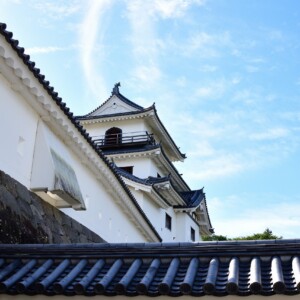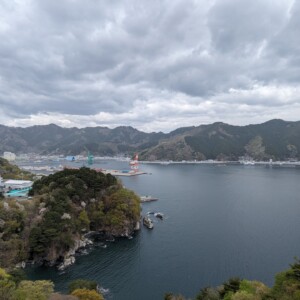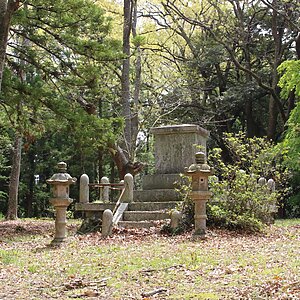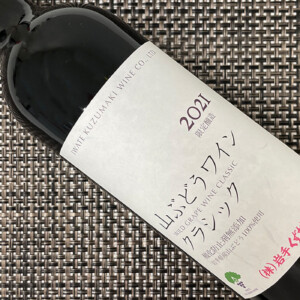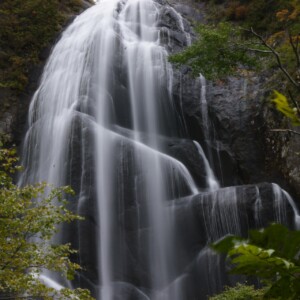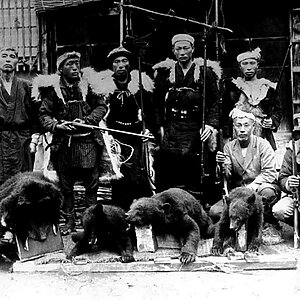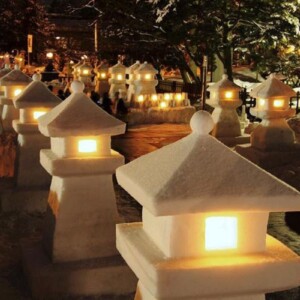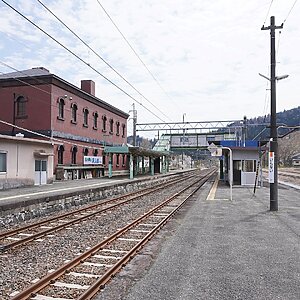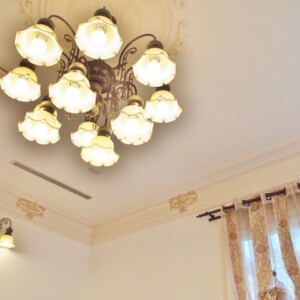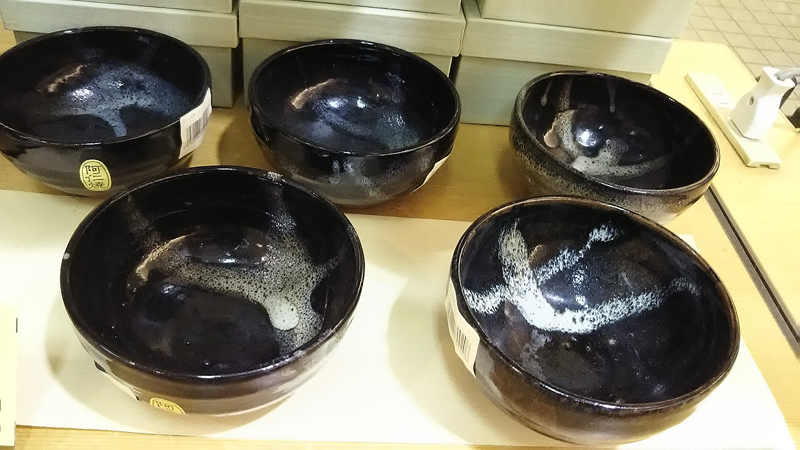
[Akita] Pottery created by a famous scholar? 《Ani ware》
table of contents
Akita Prefecture is home to a variety of pottery, including Naraoka-yaki, a pottery with a mysterious blue color. Each piece of pottery has its own unique history, and is now loved by people both inside and outside the prefecture as souvenirs and traditional crafts. A characteristic of Akita Prefecture's pottery is that there are many pottery items in colors such as blue and white. This is said to be due to the use of glazes that produce white and blue colors. The mountains, sea, rivers, and lakes of Akita Prefecture have the colors of ``mystical blue'' and ``bluish green,'' so you can feel the nature of Akita just by looking at the pottery.
However, Akita pottery also has other distinctive colors. We would like to introduce you to ``Ani-yaki,'' a traditional craft from Akita prefecture that was created by a famous scholar. The colors here are black and white! Let's explore its colors and history.
Did Gennai Hiraga create the opportunity? Black and white Ani ware

Ani ware, one of Akita's traditional crafts, is a pottery with a distinctive white color on a black background. The image is of this Ani ware pottery, and you can see that it has a unique white pattern on the jet black surface.
It is said that this Ani ware was created by Gennai Hiraga about 230 years ago. It is said that Gennai Hiraga, a famous historical figure in Japan, was invited to the Ani Copper Mine to increase production, and when he discovered a high-quality pottery site, he decided to have it fired.
Gennai Hiraga is also known as the scholar who started eating eel on Saturday, the day of the ox, which is a summer tradition in Japan. Serving the eel and white rice with plenty of sauce in a black and white Ani-yaki bowl...the colors are typical of Japanese cuisine.
All handmade! Unique color and pattern
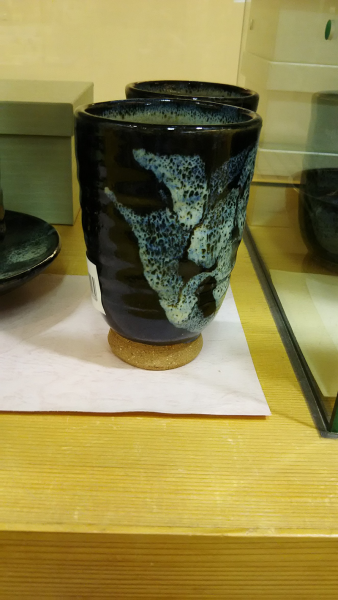
Ani-yaki kilns were once discontinued during the Meiji era, but were revived in the 1970s. Until recently, some people who live in Akita Prefecture have said, ``I've never seen them lined up in stores.'' The reason for this is that it is a pottery that stopped being made in the Meiji era and was revived in the Showa era.
Currently, the only person making this Ani ware is Mitsuru Yabata of the Genzan kiln, an Ani ware kiln in Akita Prefecture. Each item is handmade using local soil from Ani Arase. Because they are all handmade, no two pieces of pottery have the same pattern.
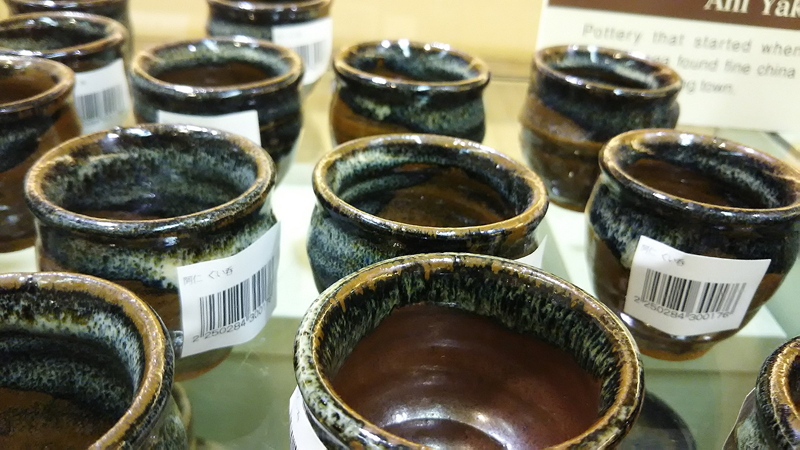
Ani ware can be purchased at souvenir shops in Akita Prefecture, as well as online. Because it is handmade by one person, each piece is unique. Because it pairs beautifully with Japanese food, it is also very popular as a souvenir.

When choosing souvenirs at a souvenir shop, the key is to keep in mind that each item has a different pattern and look for the one-of-a-kind item that you think is perfect.
lastly
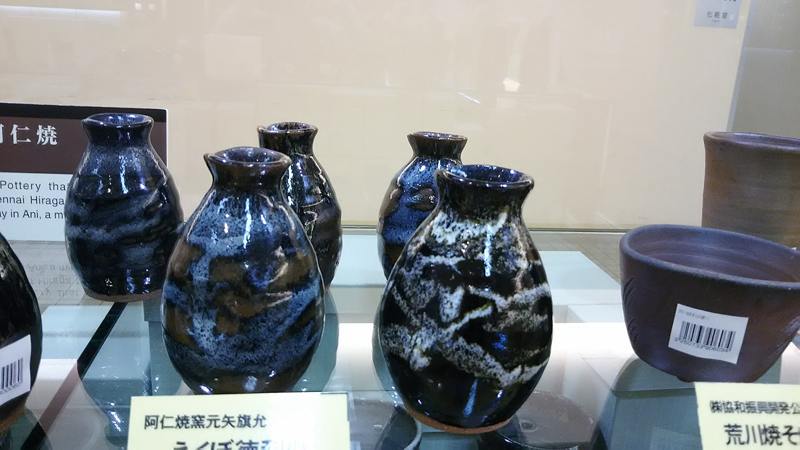
Ani ware is a traditional product that can be said to have been created by Gennai Hiraga, but it is also a new traditional folk art of Akita prefecture that was revived in the Showa era. Each piece is handmade, so the patterns may vary, but they are characterized by the black color that stands out with Japanese cuisine and the eye-catching white color.
When you come to Akita Prefecture, please choose the one and only one for you. Many souvenir shops in the prefecture carry them, and you can feel the tradition just by looking at them.


![[Akita Prefecture] Mysterious blue luster is attractive! Daisen City’s traditional craft “Naraoka ware” Naraoka ware Japanese sake cup](https://jp.neft.asia/wp-content/uploads/2017/07/2266867_m-150x150.jpg)
![Hot springs gush out in a place where there are no volcanoes! "Yuzawa Geopark" where you can see the mystery of the earth up close [Akita Prefecture] 4550228_m](https://jp.neft.asia/wp-content/uploads/2023/02/4550228_m-150x150.jpg)
![The popular game "Matagi" started in Kitaakita City! [Akita Prefecture] matagi](https://jp.neft.asia/wp-content/uploads/2024/04/matagi-150x150.jpg)
![Yurihonjo City, where Honjo, Kameda and Yajima domains were intersected between the Kubota and Shonai domains [Akita Prefecture] FF2C8AAA4350E7E179F97F97B38B3A2302F-1](https://jp.neft.asia/wp-content/uploads/2024/04/ff2c8aaa4350e7e179f97f38b3a2302f-1-150x150.jpg)
![Why do Nama balds take knives to tempt people - Oga Peninsula and the Legend of the Demon (1) [Akita Prefecture] New Year's Eve Event 001 @OGA City](https://jp.neft.asia/wp-content/uploads/2024/10/00bf8a32651033edd1191ba2d04c6f61-150x150.jpg)
![Akita Cedar, which has been close to people's lives since ancient times, is a close look at the reasons and secrets [Akita Prefecture] Ninfu Mizusawa Cedar Rare Population Protection Forest (Noshiro City, Akita Prefecture)_Travel Tohoku](https://jp.neft.asia/wp-content/uploads/2025/05/792bcbe7d9fd514753f4deeaca3de33f-150x150.jpg)
![The submerged forests of Lake Akiogi can only be seen from May to June! A mysterious sight with trees floating in the lake [Akita Prefecture] Submerged forest of Lake Akifan](https://jp.neft.asia/wp-content/uploads/2023/07/IMG_5033-150x150.jpg)
![[Chokaisan and Tobishima Geopark: Yurihonjo Edition] A strata from when Japan was the Eurasian continent can be seen B5C46A18BC0CC0CC0E9AD08084EAA5B](https://jp.neft.asia/wp-content/uploads/2024/04/b5c46a18bc0cc79de0e9ad08084eaa5b-150x150.jpg)

